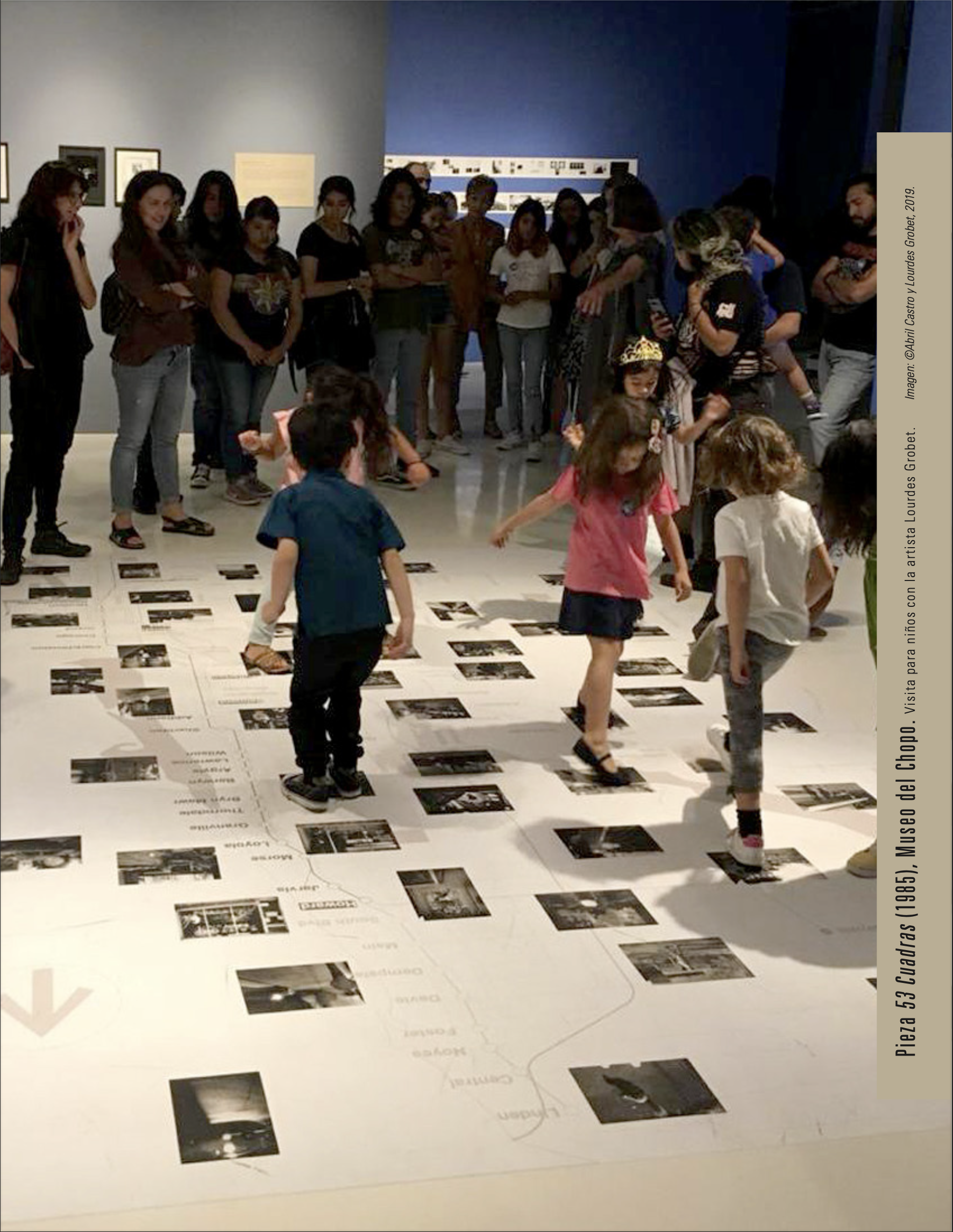"Volveremos a abrazarnos". Estrategias participativas desde el arte contemporáneo para propiciar el reencuentro en el museo
Keywords:
experience, interaction, contemporary art conservation, sanitizing, exncounter, dialog, Museo Universitario del ChopoAbstract
The author elaborates on the importance of maintaining and promoting the museum as a physical space based on the corporate experiences it encourages. This experience of the body into museal spaces is fundamental for the appropriation of contents and the development of a transcendental experience. The new sanity requirements to avoid infections into the museum should not mean the emotional distance nor the fade of sensitive affection of people through the interaction with the exhibited works. From his experience as boss of the Register and Conservation Department of the Museo Universitario del Chopo of the Universidad Nacional Autónoma de México, the author centres the discussion on some of the art works exhibited in the last five years, in order to propose new strategies of interaction which attend the international health recommendations of sanity and the material conservation of art pieces, promoting transcendental experiences between the objects and the audiences, but most important, in order to maintain the museum as a place of dialog, gathering and reflection between people in healthy spaces.
Downloads
References
Cadrecha Caparros, Miguel Ángel (1990) “John Dewey: Propuesta de un modelo educativo. I. Fundamentos”, Aula Abierta [en línea], (55): 61-88, disponible en: <https://dialnet.unirioja.es/descarga/articulo/> [consultado el 01 de mayo de 2020].
Capasso, Verónica Cecilia (2018) “Lo político en el arte. Un aporte desde la teoría de Jacques Ranciére”. Estud. filos (58): 215-235.
Dewey, John (1998) [1919] Democracia y educación. Una introducción a la filosofía de la educación, trad. Lorenzo Luzuriga, Buenos Aires, Ediciones Morata.
Fancourt, Daisy, y Saoirse, Finn (2019) Health evidence network synthesis report 67. What is the evidence on the role of the arts in improving health and well-being, Dinamarca, World Health Organization [documento electrónico], disponible en: <https://apps.who.int/iris/bitstream/handle/10665/329834/9789289054553-eng.pdf> [consultado el 24 de abril de 2020].
Goberna Falque, Juan R. (2003) “What’s Culture?” Cien años de controversias en la antropología anglosajona (1871-1971)”, Gallaecia: revista de arqueoloxía e antigüedade [en línea], (22): 531-554, disponible en: [consultado el 29 de abril de 2020].
Grimson, Alejandro (2008) “Diversidad y cultura. Reificación y situacionalidad”, Tabula Rasa [en línea], (8): 45-67, disponible en: <http://www.scielo.org.co/pdf/tara/n8/n8a03.pdf > [consultado el 29 de abril de 2020].
Museo Universitario del Chopo (2019) Exposiciones: Elements of Vogue. Un caso de estudio de performance radical [en línea] disponible en: <http://chopo.unam.mx/exposiciones/ElementsOfVogue.html> [consultado el 05 de mayo de 2020].
Rancière, Jaques (1999) El desacuerdo. Política y filosofía, traductor Horacio Pons, Buenos Aires, Ediciones Nueva Visión.
Secretaría de Comunicaciones y Transportes (2019) En México hay 74.3 millones de usuarios de internet y 18.3 millones de hogares con conexión a este servicio: ENDUTIH 2018 [en línea], disponible en: [consultado el 1 de mayo de 2020].



